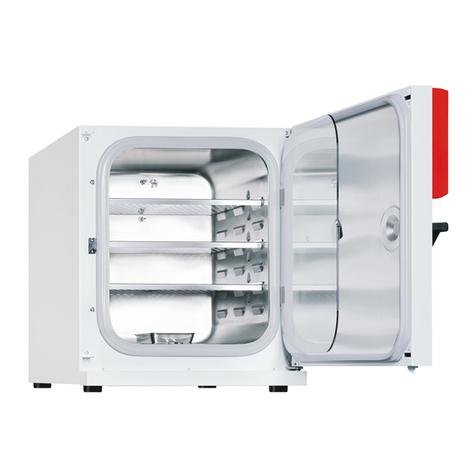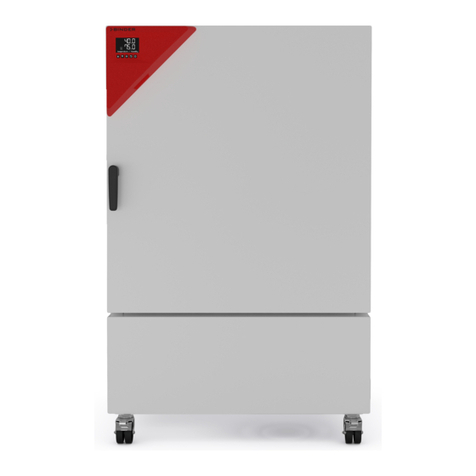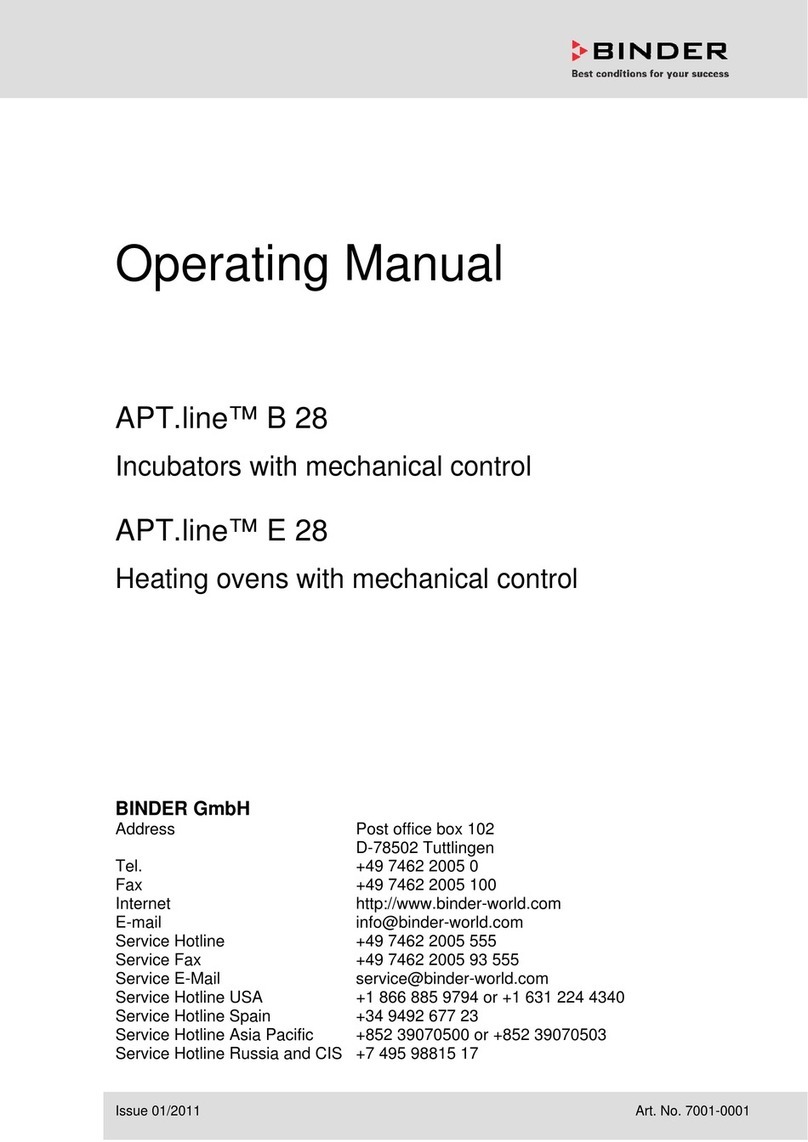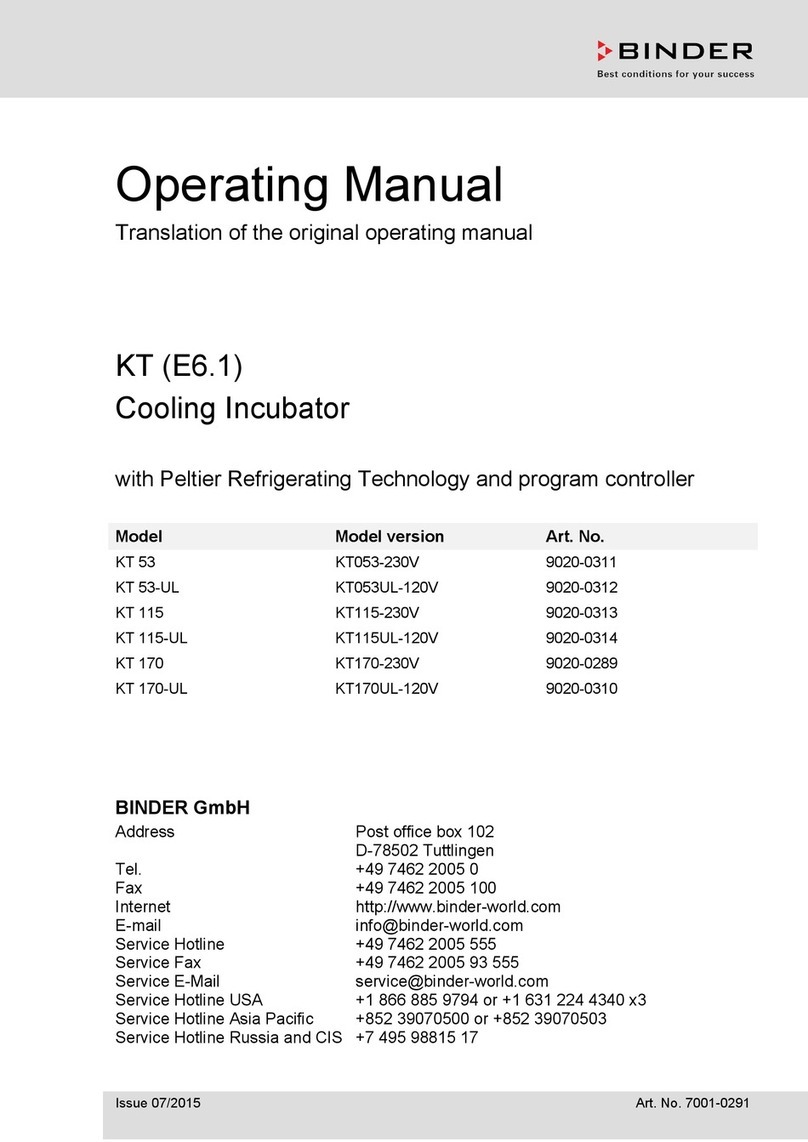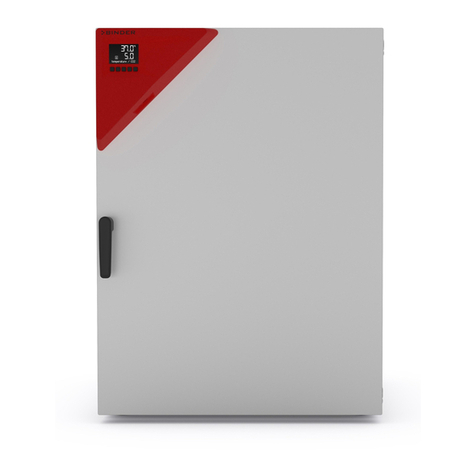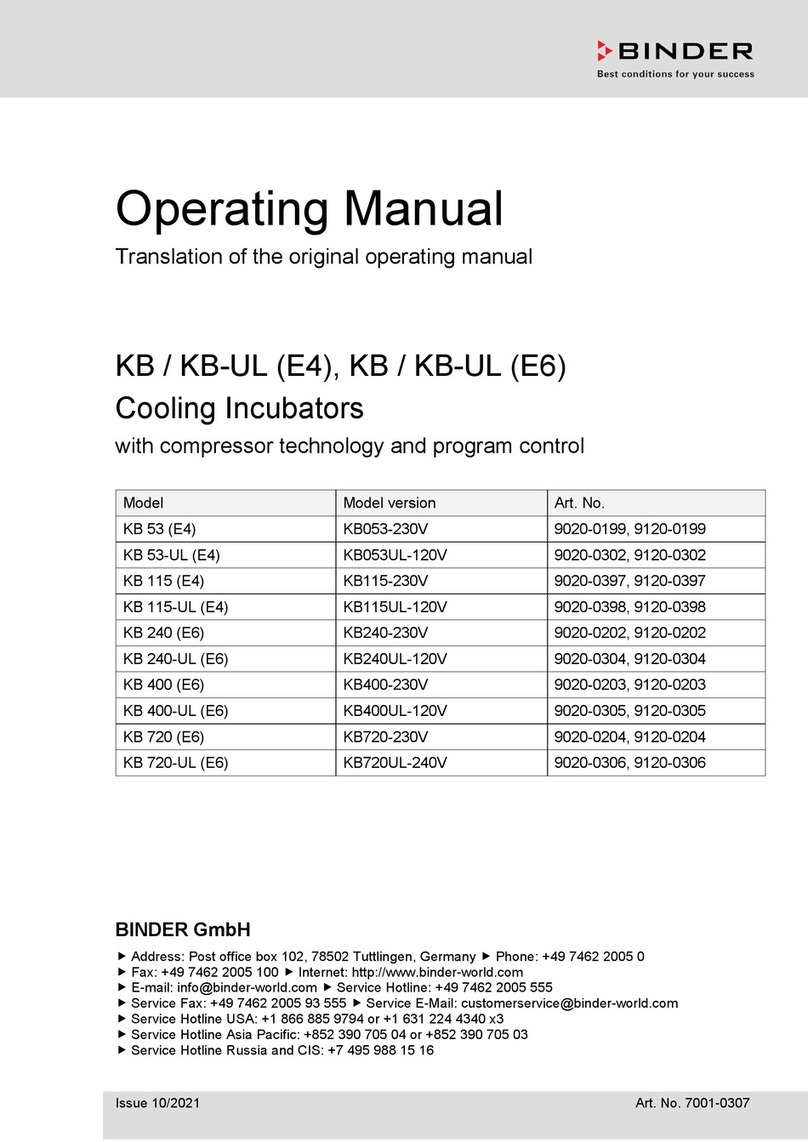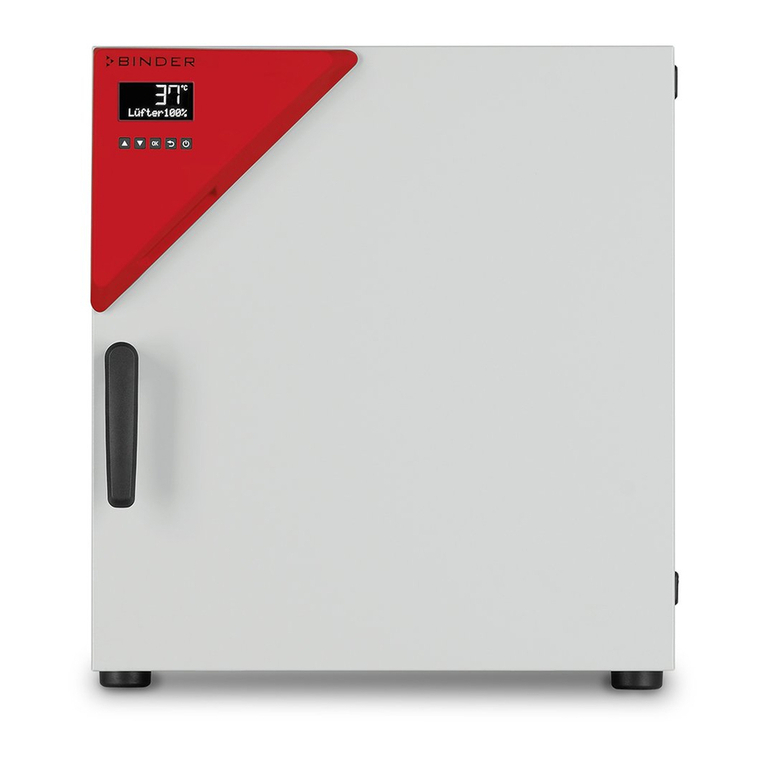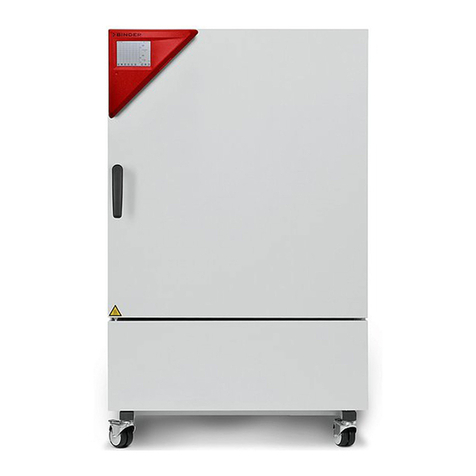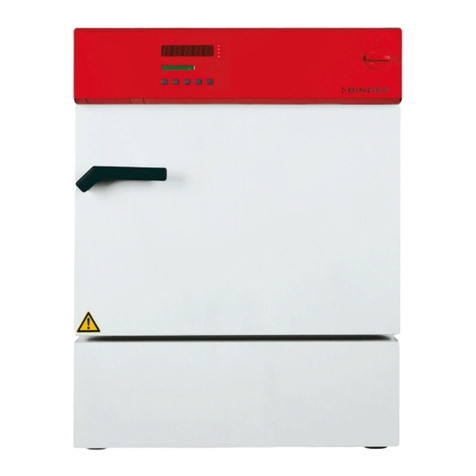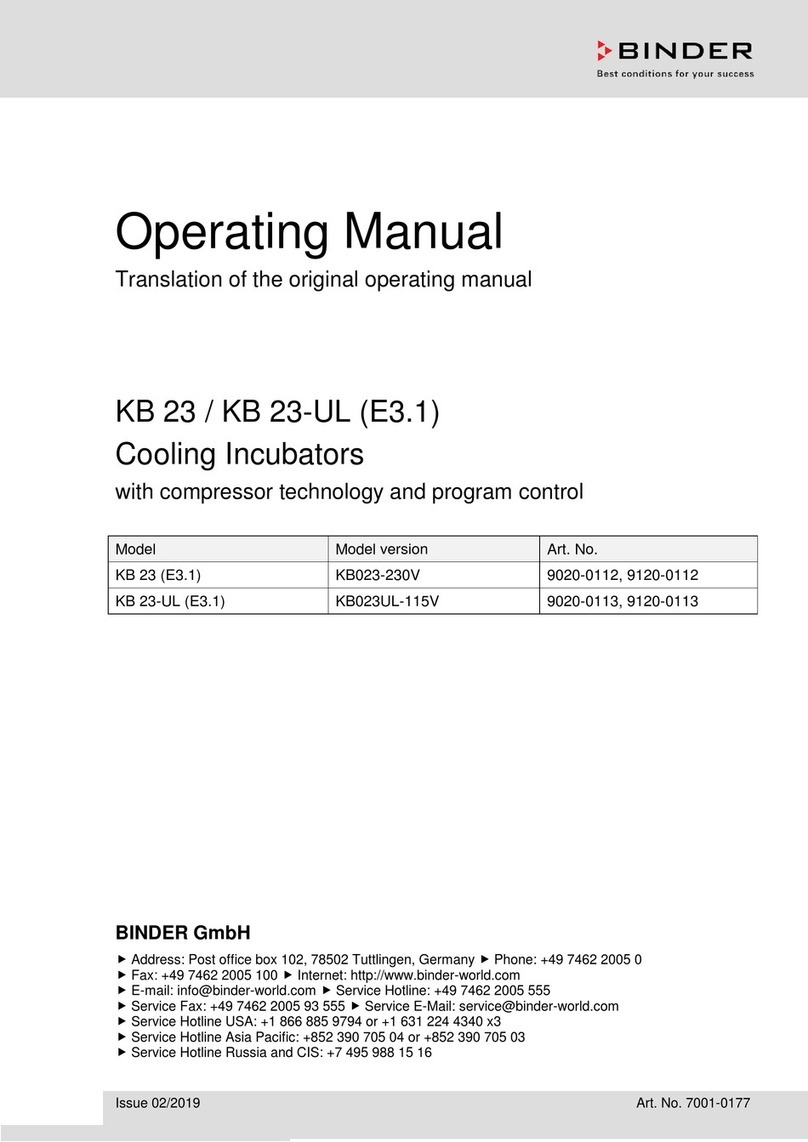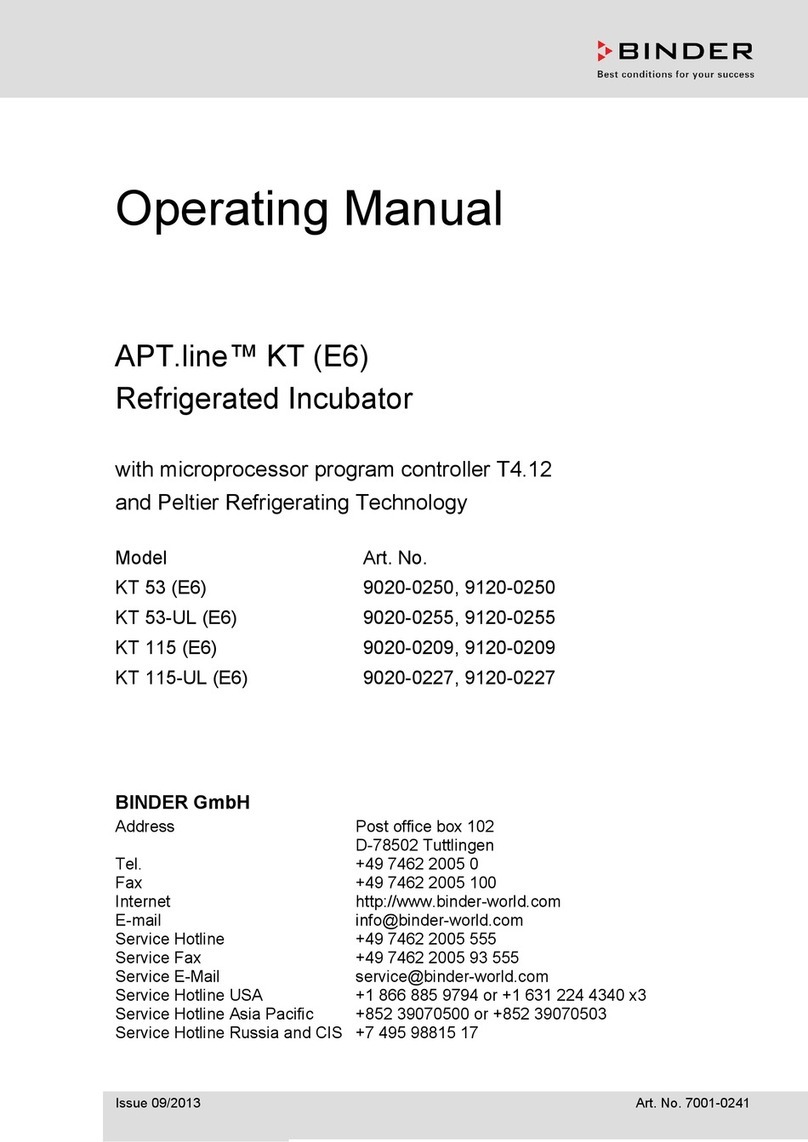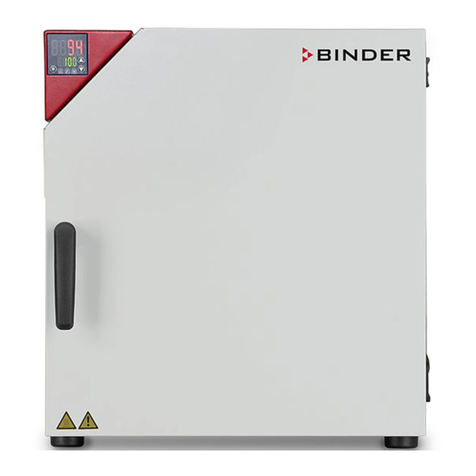
KT (E6.1) 10/2021 Page 3/133
8. SET-POINT ENTRY IN “FIXED VALUE” OPERATING MODE ........................... 35
8.1 Setting ranges: ..................................................................................................................................35
8.2 Entering the set-points via “quick menu”...........................................................................................36
8.3 Entering the set-points via general menu .........................................................................................37
9. TIME PROGRAMS ............................................................................................... 39
9.1 Starting and running an existing time program .................................................................................40
9.2 Cancelling a running time program ...................................................................................................43
9.3 Creating a new time program............................................................................................................44
9.3.1 Section handling .....................................................................................................................46
9.3.2 Temperature setpoint..............................................................................................................47
9.3.3 Section duration ......................................................................................................................47
9.3.4 Repeating one or several sections within a time program......................................................48
9.3.5 Tolerance range......................................................................................................................49
9.3.6 Set-point ramp and set-point step modes...............................................................................50
9.3.7 Switching on or off the optional zero-voltage relay outputs....................................................52
9.3.8 Calling up the next parameter.................................................................................................53
9.3.9 Saving the time program and leaving the program editor.......................................................55
9.4 Program interruption .........................................................................................................................56
9.5 Deleting a time program....................................................................................................................57
10. WEEK PROGRAMS ............................................................................................. 58
10.1 Starting and running an existing week program................................................................................59
10.2 Cancelling a running week program .................................................................................................62
10.3 Creating a new week program ..........................................................................................................62
10.3.1 Section handling .....................................................................................................................65
10.3.2 Temperature setpoint..............................................................................................................65
10.3.3 Day of the week ......................................................................................................................66
10.3.4 Time of the day .......................................................................................................................67
10.3.5 Activity of the shift-point ..........................................................................................................67
10.3.6 Switching on or off the optional zero-voltage relay outputs ....................................................68
10.3.7 Calling up the next parameter.................................................................................................68
10.3.8 Saving the week program and leaving the program editor .....................................................70
10.4 Deleting a week program ..................................................................................................................71
11. KEY LOCK ........................................................................................................... 72
11.1 Directly activating the key lock function ............................................................................................73
11.2 Automatic key lock ............................................................................................................................74
11.3 Changing the password for unlocking the key lock...........................................................................75
12. GENERAL CONTROLLER SETTINGS................................................................ 76
12.1 Setup wizard .....................................................................................................................................77
12.2 Date and time settings ......................................................................................................................78
12.3 Selecting the menu language of the T4.12 controller .......................................................................79
12.4 Setting display brightness .................................................................................................................79
12.5 Changing the temperature unit..........................................................................................................80
12.6 Defining the data recording rate........................................................................................................80
12.7 Factory reset .....................................................................................................................................81
12.8 Network configuration .......................................................................................................................81
12.9 Display of the entire network configuration .......................................................................................85
12.10 Display and entry of the chamber configuration – for service purpose.............................................85
13. DATA TRANSFER VIA USB INTERFACE........................................................... 86
13.1 Exporting data to USB drive..............................................................................................................86
13.2 Importing data from USB drive..........................................................................................................87
